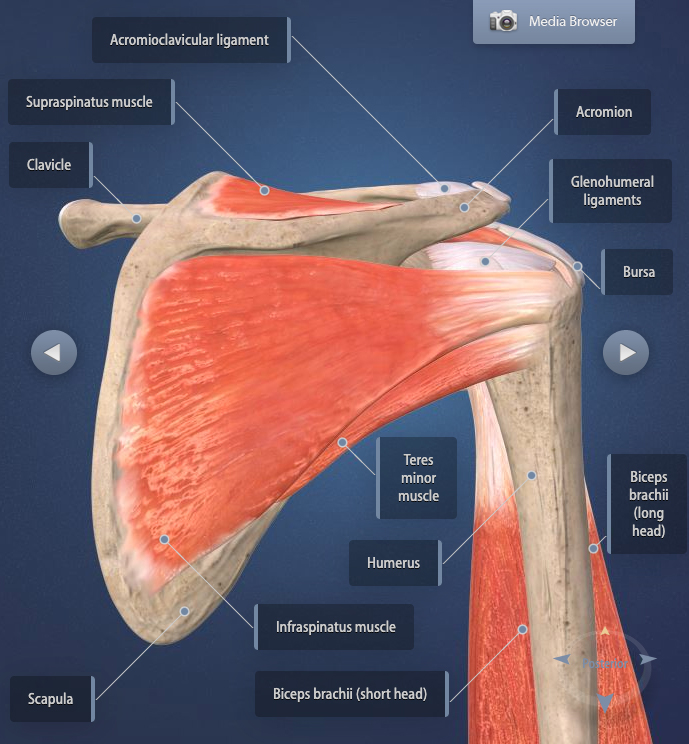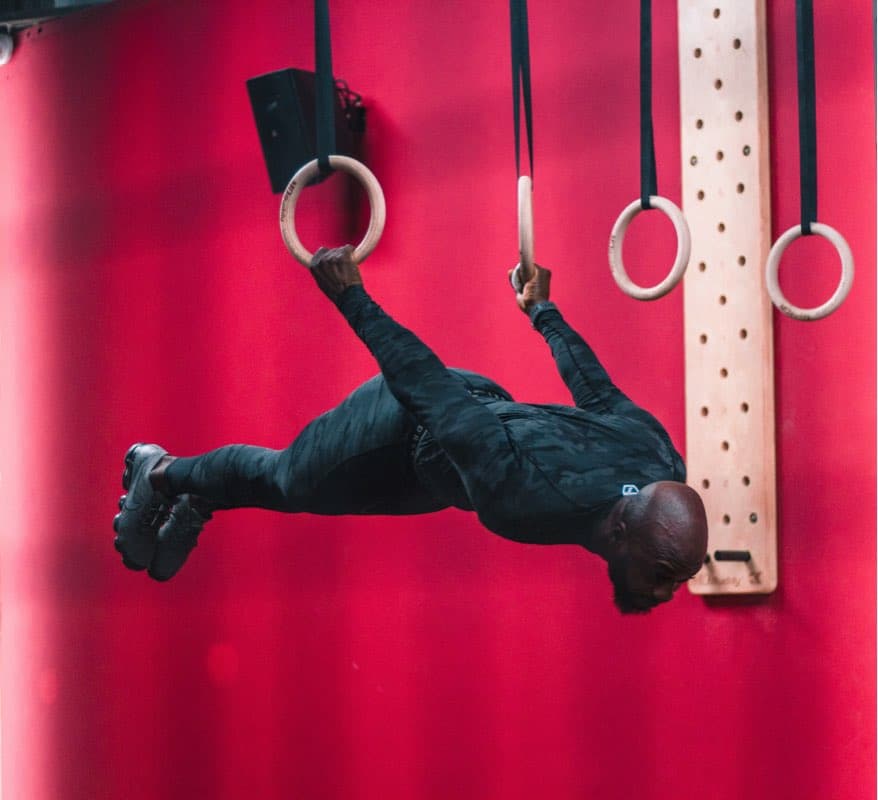Summer Shoulder Injuries: Swimmer’s Shoulder vs Shoulder Labral Tears
While 23% to 38% of competitive swimmers experience some form of shoulder injury every year, you don’t have to be a competitive swimmer to suffer from common shoulder overuse injuries such as swimmer’s shoulder or shoulder labral tears.
Athletes who engage in sports such as baseball, softball, and volleyball are particularly vulnerable to shoulder injuries. Similarly, individuals performing repetitive shoulder movements—such as painters, landscapers, and movers—face similar risks. This group is often susceptible to “swimmer’s shoulder” and shoulder labral tears. These conditions can severely impact your shoulder health and performance. Therefore, it’s crucial to recognize the signs early and seek appropriate treatment.
Normal Shoulder Function
The shoulder is the most mobile joint in the body, allowing for a range of motion that includes “adduction, abduction, flexion, extension, internal rotation, external rotation, and 360-degree circumduction…” as well as “scapular protraction, retraction, elevation, and depression.” One downside of this extensive range of motion is the shoulder’s inherent instability.
The shoulder joint is a ball-and-socket joint, where the head of the humerus (upper arm bone) fits into the socket of the scapula (shoulder blade). This joint is not just complex; it involves multiple structures for optimal function. The shoulder includes connections with other bones, such as the clavicle. Additionally, ligaments, tendons, and muscles play crucial roles. These components work together to offer a full range of motion while stabilizing the ball-and-socket joint. This intricate system ensures that the shoulder can move freely and remain stable.
Swimmer’s Shoulder vs Shoulder Labral Tears
The structure of the shoulder lends itself to impingement syndrome, also known as swimmer’s shoulder. The muscles and tendons in the shoulder joint are surrounded by bone, particularly the rotator cuff. The rotator cuff is a group of muscles and tendons that works together to keep the head of the humerus in the socket of the scapula and helps raise the arm overhead.
A classic overuse injury, swimmer’s shoulder occurs when repetitive overhead motions (like swimming, throwing, etc.) cause inflammation in the rotator cuff, compressed tendons and reduced blood flow.
Labral tears, on the other hand, can result from both the wear and tear of repetitive motion or from traumatic injury. The rest of this post will be dedicated to labral tears in the shoulder; for more information on swimmer’s shoulder, read about common symptoms, causes and treatments.
What is a shoulder labral tear?
Though the labrum in the shoulder works with the rotator cuff to keep the head of the humerus in the socket of the scapula, the labrum is a type of cartilage (vs a group of muscles and tendons).
The labrum is more rigid than the articular cartilage found on the end of bones within joints and exists only around the socket where it is attached to the shoulder joint. The labrum deepens the shoulder socket by up to 50% by forming a bumper around the socket that helps hold the ball in place. The labrum also acts as an anchor, attaching to other structures in the joint, including the ligaments and muscles of the rotator cuff.
Repetitive overhead motions from swimming, throwing or occupational requirements can weaken the cartilage of the labrum, eventually resulting in a shoulder labral tear. Tears in the labrum are also commonly caused by traumatic impact or injury.
Types of Shoulder Labral Tears
There are three types of labrum tears in the shoulder, classified mainly by location. The labrum itself is located in what is called the glenoid socket, and labral tears can happen anywhere within the glenoid.
Posterior Labral Tear
Posterior labral tears are the rarest type of labral injury. They often occur due to impacts to the back of the shoulder. These impacts can sometimes cause the shoulder to dislocate from back to front. Essentially, a posterior labral tear happens when the labrum on the back side of the shoulder is torn away from the bone. This injury is less common but can be severe and requires prompt medical attention.
Bankart Tear (or Lesion)
Common in people with dislocated shoulders and younger populations, Bankart lesions occur when the labrum is damaged in the lower half of the glenoid socket.
SLAP Tear (or Lesion)
The most prevalent labral tear in the shoulder is a SLAP tear. This type of tear extends from the “superior labrum, anterior to posterior,” meaning it stretches from the front to the back of the shoulder. Athletes who frequently use overhead motions are particularly vulnerable. Swimmers, baseball and softball players, and tennis players are at high risk for SLAP tears. Additionally, weightlifters, gymnasts, and impact athletes are also susceptible. SLAP tears often accompany damage to the biceps tendon, further increasing the risk for these groups.
Labral Tear Symptoms, Diagnosis & Treatment
Labral tears are typically painful yet difficult to diagnose. If you’re experiencing symptoms of a labral tear, you should see an orthopedic shoulder specialist for proper diagnosis and care.
Common Symptoms
- Locking, popping, catching or grinding sensation
- Decreased range of motion
- Pain with overhead lifting
- Pain with shoulder movement
- Pain holding the shoulder in specific positions
- Decrease strength, throwing velocity or feeling of a “dead arm” after extensive overhead use
- Feeling like the shoulder is going to dislocate
Exam, Diagnosis & Treatment
Your shoulder specialist will first take a medical history that includes injuries and symptoms and then perform a physical examination. The exam will involve range of motion, stability and strength tests. Depending on the results, your doctor may order an X-ray and/or an MRI.
Most shoulder labral tears are initially treated with non-surgical methods. Typically, your orthopedic shoulder surgeon will start with nonsteroidal anti-inflammatory drugs (NSAIDs) and physical therapy. These treatments aim to reduce pain and improve function. However, if NSAIDs and physical therapy fail to heal your injury effectively, your surgeon may recommend arthroscopic surgery. This minimally invasive procedure helps address persistent issues that non-surgical treatments cannot resolve.
If you’re experiencing the symptoms of a torn shoulder labrum or have questions about labral tears, please contact us or comment below.



Leave a Reply